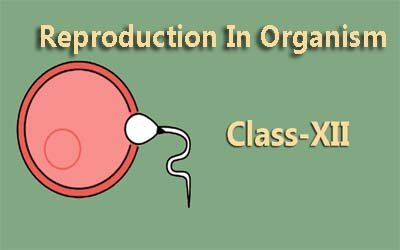Respiration in Plants - Class 11
Plants aren't just breathers of fresh air, they're also secret breathers themselves! Unlike animals, plants don't have lungs, but they do undergo respiration. Here's a quick look: The Need for Energy: Just like us, plants require energy for various functions like growth, repair, and nutrient uptake. Respiration is the process by which they break down organic molecules (usually sugars made during photosynthesis) to release this energy. Not Just About Oxygen: While plants do take in oxygen (O₂) during respiration, they don't have a specialized breathing system. Tiny pores on leaves (stomata) and stems (lenticels) allow for gas exchange. Unlike photosynthesis, respiration happens in all living plant parts – leaves, stems, and even roots. The Release: The breakdown of sugars in respiration releases carbon dioxide (CO₂) as a waste product, which then diffuses back out through the stomata and lenticels. This CO₂ isn't necessarily "bad" – it's actually used by plants themselves for photosynthesis during the day! The Takeaway: Respiration in plants is an essential process, even though it seems to work against photosynthesis. It's a cellular mechanism that provides plants with the energy they need to survive and function, even during the night when photosynthesis isn't happening. গাছপালা কেবল তাজা বাতাসের নিঃশ্বাস নয়, তারা নিজেরাই গোপন শ্বাস-প্রশ্বাসও! প্রাণীদের মতো, উদ্ভিদের ফুসফুস নেই, তবে তারা শ্বাস-প্রশ্বাসের মধ্য দিয়ে যায়। এখানে একটি দ্রুত দেখুনঃ শক্তির প্রয়োজনীয়তাঃ আমাদের মতো উদ্ভিদেরও বৃদ্ধি, মেরামত এবং পুষ্টি গ্রহণের মতো বিভিন্ন কাজের জন্য শক্তির প্রয়োজন হয়। শ্বাস-প্রশ্বাস হল সেই প্রক্রিয়া যার মাধ্যমে তারা এই শক্তি মুক্ত করার জন্য জৈব অণুগুলি (সাধারণত সালোকসংশ্লেষণের সময় তৈরি শর্করা) ভেঙে দেয়। শুধু অক্সিজেন নয়ঃ যদিও উদ্ভিদগুলি শ্বাস-প্রশ্বাসের সময় অক্সিজেন (O2) গ্রহণ করে, তাদের কোনও বিশেষ শ্বাস-প্রশ্বাস ব্যবস্থা নেই। পাতার ছোট ছিদ্র (স্টোমাটা) এবং কান্ড (লেন্টিসেল) গ্যাস বিনিময়ের অনুমতি দেয়। সালোকসংশ্লেষণের বিপরীতে, সমস্ত জীবন্ত উদ্ভিদ অংশে-পাতা, কাণ্ড এবং এমনকি শিকড়েও শ্বাস-প্রশ্বাস ঘটে। মুক্তিঃ শ্বাসকষ্টে শর্করার ভাঙ্গন বর্জ্য পণ্য হিসাবে কার্বন ডাই অক্সাইড (সিও 2) প্রকাশ করে, যা পরে স্টোমাটা এবং লেন্টিসেলের মাধ্যমে ছড়িয়ে পড়ে। এই সিও2 অপরিহার্যভাবে "খারাপ" নয়-এটি আসলে দিনের বেলায় উদ্ভিদ দ্বারা সালোকসংশ্লেষণের জন্য ব্যবহৃত হয়! দ্য টেকওয়েঃ উদ্ভিদগুলিতে শ্বাস-প্রশ্বাস একটি অপরিহার্য প্রক্রিয়া, যদিও এটি সালোকসংশ্লেষণের বিরুদ্ধে কাজ করে বলে মনে হয়। এটি একটি কোষীয় প্রক্রিয়া যা উদ্ভিদকে বেঁচে থাকার এবং কাজ করার জন্য প্রয়োজনীয় শক্তি সরবরাহ করে, এমনকি রাতের বেলাও যখন সালোকসংশ্লেষণ ঘটছে না।
English
Last updated
Wed, 27-Nov-2024



















